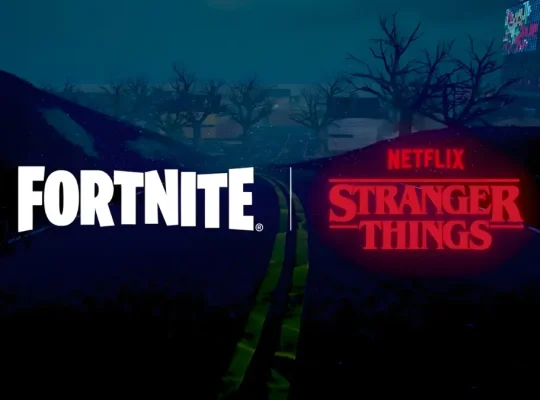As Pokémon GO nears its tenth anniversary, the mobile title has quietly crossed a significant threshold: the number of main-series Pokémon not yet implemented has fallen into double digits for the first time. Following the recent addition of the Impidimp evolutionary line during the Nagasaki Wild Area event, the game now features 926 species, leaving just 99 absent from its Pokédex.
A Near-Complete Roster
The integration of Impidimp, Morgrem, and Grimmsnarl pushes Pokémon GO to one of its most complete states yet. Out of the 1,025 total Pokémon across all generations, the game now supports more than 90% of the full roster. Several generations are fully represented:
- Generation 1 — Complete
- Generation 2 — Complete
- Generation 3 — Complete
- Generation 5 — Complete
- Generation 6 — Complete
Other generations are nearing completion. Generation 4 lacks only three Mythicals: Arceus, Manaphy, and Phione. Generation 7 is close as well, with only a handful of species remaining.
The largest gap is Generation 9, accounting for 59 of the 99 unreleased Pokémon. This generation is now the primary driver of remaining content potential, representing more than half of the entire backlog.
Design Pressure on Future Updates
With fewer core species left to introduce, Pokémon GO faces growing pressure to maintain its established update cadence. For nearly a decade, the release of new Pokémon has formed one of the game’s most dependable pillars of content, anchoring events, seasons, and long-term progression. As the supply diminishes, maintaining that rhythm becomes increasingly difficult.
This scarcity creates a clear design challenge: how to extend long-term engagement when the number of remaining species is limited, and entire generations are already exhausted.
Potential Content Paths Beyond New Species
Fans have identified several potential strategies that could help stabilize future pacing:
New Main-Series Games
Upcoming titles—referred to by the community under working names such as Pokémon Wind and Wave—would expand the National Pokédex and provide a fresh pool of species for future GO releases. This is the most natural solution but also the most externally dependent, relying on the main-series schedule.
Alternative Forms and Battle Variants
Mechanics like Mega Evolutions and region-specific variants have already extended content windows in the past. Similar systems—such as Dynamax-style variants or additional form-based mechanics—could offer new collectible layers without needing entirely new base species.
Expanded Event-Driven Content
Limited-run mechanics, cosmetic systems, or feature expansions could help supplement the decreased rate of new Pokémon introductions, providing more structural depth to live-service updates.
A Critical Point for Long-Term Planning
Crossing below 100 unreleased species marks a pivotal moment for Pokémon GO. While Generation 9 ensures that there is still room for multi-year rollout strategies, the shrinking backlog highlights the importance of evolving the game’s long-term content framework. With nearly all earlier generations fully integrated, the focus now shifts to how the game can innovate beyond traditional species releases while still delivering meaningful progression and engagement across future seasons.
Pokémon GO is closer than ever to a complete main-series roster—an impressive milestone, but also one that signals a new era of strategic decision-making for its continued longevity.












